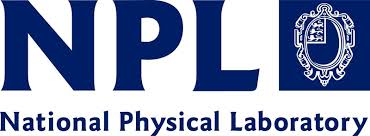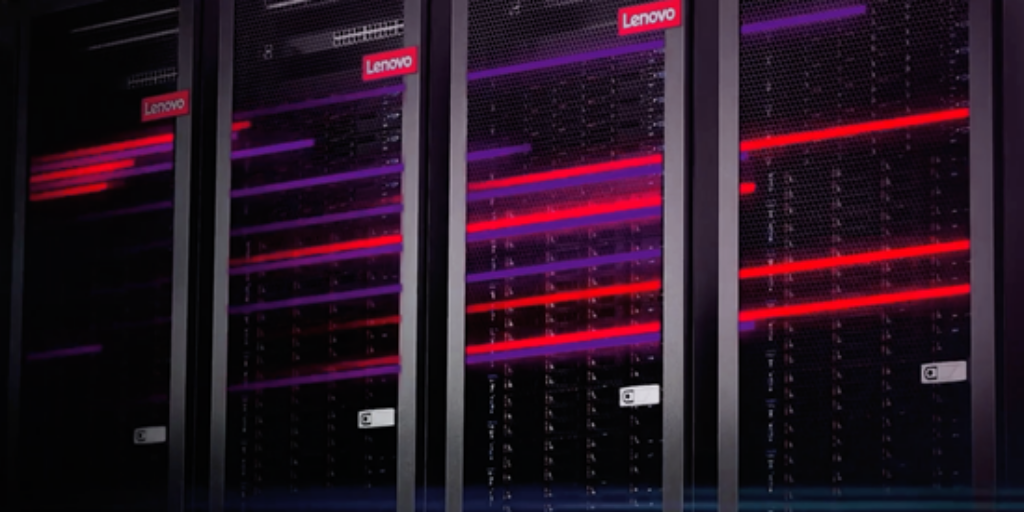 Toshiba Research Europe, BT, ADVA Optical Networking and the National Physical Laboratory (NPL), the UK’s National Measurement Institute, have announced the first successful trial of Quantum Key Distribution (QKD) technology over a live ‘lit’ fiber network. The trial paves the way for more advanced research into QKD, a form of data encryption technology, which will deliver greater levels of network security.
Toshiba Research Europe, BT, ADVA Optical Networking and the National Physical Laboratory (NPL), the UK’s National Measurement Institute, have announced the first successful trial of Quantum Key Distribution (QKD) technology over a live ‘lit’ fiber network. The trial paves the way for more advanced research into QKD, a form of data encryption technology, which will deliver greater levels of network security.
Providing an additional layer of security over and above standard methods used by banks and credit card companies to send data encryption ‘keys’ across a network, QKD shares a key between two users in a way that is made completely secure using quantum mechanics.
By transmitting the information in a quantum state, any attempt to intercept the key can be identified, as the intercept introduces anomalies which can be detected. If this occurs, the ‘transaction’ can be aborted, and a new key sent automatically. By sending multiple quantum keys every second, the security of a fibre line can be constantly monitored and attempts to ‘tap’ the signal can be instantly identified.
The trial, which is supported by the UK’s innovation agency, the Technology Strategy Board, is the first to use a single ‘lit’ fibre to transmit data and the quantum key itself. The use of a single fibre is significant, as both the quantum ‘key’ and the encrypted data can now use the same pathway for the first time. Previously, two or three fibres were needed to deliver a secure connection.
The trial paves the way for further research into practical security applications for the technology. It was conducted using quantum equipment developed by Toshiba, measured and evaluated by the Quantum Detection Group at NPL, and running in conjunction with ADVA Optical Networking’s encryption equipment over a live BT fibre link between Adastral Park, BT’s technology research campus in Suffolk, and another BT site in Ipswich.
Andrew Shields, from Toshiba Research Europe in Cambridge, commented: ‘The first field trial of QKD on lit fibre marks an importance advance for the technology. Using techniques to filter out noise from the very weak quantum signals, we’ve shown that QKD can be operated on optical fibers installed in the ground and carrying conventional data signals. This means QKD can be implemented without the need for additional ‘dark fibre’ that is often unavailable or prohibitively expensive.”
Alastair Sinclair, from NPL, said: ‘The QKD system works by sending single particles of light, known as photons, in pulses across the optical fibre. Knowing the number of photons sent and received is integral to the security of the system. At NPL, we’ve developed a series of measurements that are sensitive enough to detect the individual particles of light, which we are using to independently verify the security of the system, in order to improve customer confidence and overcome one of the major barriers to market.”
This story appears here as part of a cross-publishing agreement with Scientific Computing World.



